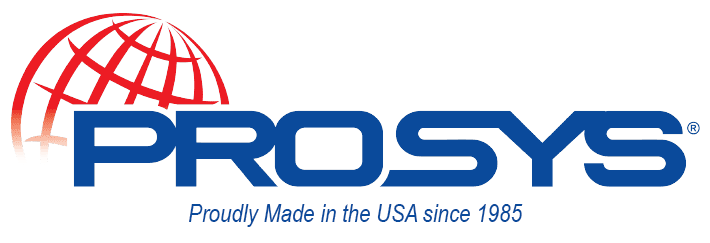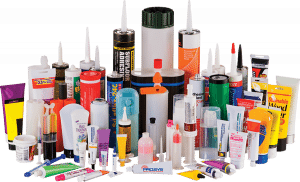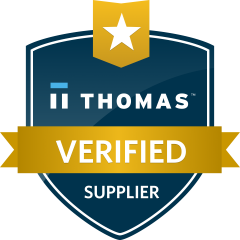IQ – Installation Qualification
PQ – Performance Qualification
CGMP – Current Good Manufacturing Practice in Manufacturing
Clean Room Installations
By focusing on laminar airflow around our machines we have supplied filling lines for installation in clean rooms of different classifications for major pharmaceutical companies around the world.
Installation Qualification (IQ)
The Installation Qualification IQ is the documented proof that facilities and equipment have been delivered and installed in accordance with the requirements and statutory safety regulations stipulated in the design qualification. The documentation for an Installation Qualification normally consists of:
IQ test plan: Contains detailed information of the tests to be performed on the respective equipment in the context of the Installation Qualification.
IQ report: After completion of the Installation Qualification IQ, the results are summarized, evaluated and compiled in an IQ report. All deviations, as well as measures taken to eliminate these, are documented. After the deviations have been eliminated, these must be tested again, documented and evaluated in a new IQ report.
- Stocktaking of the components delivered, together with a check of the order documents
- Testing of manufacturer documentation for conformity (rating plate, delivery note)
- Testing of operator documentation for conformity (operating instructions)
- Testing of assembly and ensuring installation was performed correctly, based on various plans (insofar as is necessary)
- Documented evidence of operating personnel being instructed on operating equipment
- Documentation of test data for the initial inspection in accordance with DIN VDE 0700 Part 1 and EN 60335-3
After a successfully completed Installation Qualification IQ, this is released by the signatures in the qualification report of the persons responsible in the qualification team, countersigned by the user of the equipment, thus completing the process, or releasing the equipment for the next stage of qualification.
Operation Qualification (OQ)
The Operation Qualification OQ is a test process that evaluates the correct functioning of a facility or system. During the Operation Qualification OQ, all items specified in the test plan are processed and documented in writing, to ensure that the system functions in accordance with specifications. Tests in accordance with the OQ can under some circumstances (otherwise only normal for the Performance Qualification PQ) only be performed with a loaded chamber. The (successfully) performed Operation Qualification OQ is a prerequisite for the technical acceptance of a facility or system. The Operation Qualification OQ may only be performed after a successfully completed Installation Qualification IQ. The documentation for an Operation Qualification normally consists of:
OQ test plan: Contains detailed information of the tests to be performed on the respective equipment in the context of the Operation Qualification OQ This test plan contains detailed specifications on the course of the test itself.
OQ report: After completion of the Operation Qualification OQ, the results are summarized, evaluated and compiled in an OQ report. All deviations, as well as measures taken to eliminate these, are documented. After the deviations have been eliminated, these must be tested again, documented and evaluated in a new OQ report.
The Operation Qualification OQ consists of the identification and inspection of the alarm, control and switch functions that have an influence on quality:
- Inspection of the display units and signal LEDs
- Inspection of temperature control and control fluctuations
- Inspection of the over/under temperature protection alarm systems
- Inspection of the pressure/vacuum control (if available)
- Inspection of the CO2 control (if available)
- Inspection of the humidity measurement and control (if available)
- Inspection of the fan speed control (if available)
- Inspection of the servo motor air flap control (if available)
- Inspection of the card reader function (if available)
- Inspection of the temperature distribution, based on DIN 12880: 2007-05
After a successfully completed Operation Qualification OQ, this is released by the signatures in the qualification report of the persons responsible in the qualification team, countersigned by the user of the equipment, thus completing the process, or releasing the equipment for use.
Performance Qualification (PQ)
Performance qualification (PQ) of laboratory equipment is an important component of the validation of the entire production process over a certain period of time and for a specific product. Its purpose is to verify and document that the systems are working reproducibly within the entire specified working range and limits. The systems are not inspected individually but always as part of the overall or partial process. Even though PQ usually comprises OQ tests under process conditions (e.g. for hot air sterilizers with load), a detailed test plan has to be created based on a comprehensive process description before the validation process is started in any case.
- Documentation under process conditions that the system or the entire process with the product produces the expected defined results
- The extent of the PQ can result from the requirements of the operator (requirements specification) or from normative or legal requirements
- Physical tests proving that the specified limits regarding homogeneity and stability are adhered to with the product
- Documentation of the procedure and results in the qualification report (with detailed procedure description and, if applicable, picture evidence)
- Validation through several repetitions, reproduction of the processes (mostly three times in pharmaceutical and medical technology)
Good Manufacturing Practices (cGMP)
GMP, also known as cGMP, stands for current Good Manufacturing Practices, and is a set of regulations set forth by the U.S. Food and Drug Administration (FDA) to help ensure that various products intended for human consumption and use are safe and effective.
cGMP refers to the Current Good Manufacturing Practice regulations enforced by the US Food and Drug Administration (FDA). cGMPs provide for systems that assure proper design, monitoring, and control of manufacturing processes and facilities. Adherence to the cGMP regulations assures the identity, strength, quality, and purity of drug products by requiring that manufacturers of medications adequately control manufacturing operations. This includes establishing strong quality management systems, obtaining appropriate quality raw materials, establishing robust operating procedures, detecting and investigating product quality deviations, and maintaining reliable testing laboratories. This formal system of controls at a pharmaceutical company, if adequately put into practice, helps to prevent instances of contamination, mix-ups, deviations, failures, and errors. This assures that drug products meet their quality standards.
The cGMP requirements were established to be flexible in order to allow each manufacturer to decide individually how to best implement the necessary controls by using scientifically sound design, processing methods, and testing procedures. The flexibility in these regulations allows companies to use modern technologies and innovative approaches to achieve higher quality through continual improvement. Accordingly, the “c” in cGMP stands for “current,” requiring companies to use technologies and systems that are up-to-date in order to comply with the regulations. Systems and equipment that may have been “top-of-the-line” to prevent contamination, mix-ups, and errors 10 or 20 years ago may be less than adequate by today’s standards.
It is important to note that cGMPs are minimum requirements. Many pharmaceutical manufacturers are already implementing comprehensive, modern quality systems and risk management approaches that exceed these minimum standards.
Title 21 CFR Part 11
Title 21 CFR Part 11 of the Code of Federal Regulations deals with the United States Food and Drug Administration (FDA) guidelines on electronic records and electronic signatures. Part 11, as it is commonly called, defines the criteria under which electronic records and electronic signatures are considered to be trustworthy, reliable and equivalent to paper records (Title 21 CFR Part 11 Section 11.1 (a)).
Practically speaking, Part 11 requires drug makers, medical device manufacturers, biotech companies, biologics developers, CROs, and other FDA-regulated industries, with some specific exceptions, to implement controls, including audits, system validations, audit trails, electronic signatures, and documentation for software and systems involved in processing electronic data that are (a) required to be maintained by the FDA predicate rules or (b) used to demonstrate compliance to a predicate rule. A predicate rule is any requirement set forth in the Federal Food, Drug and Cosmetic Act, the Public Health Service Act, or any FDA regulation other than Part 11.





